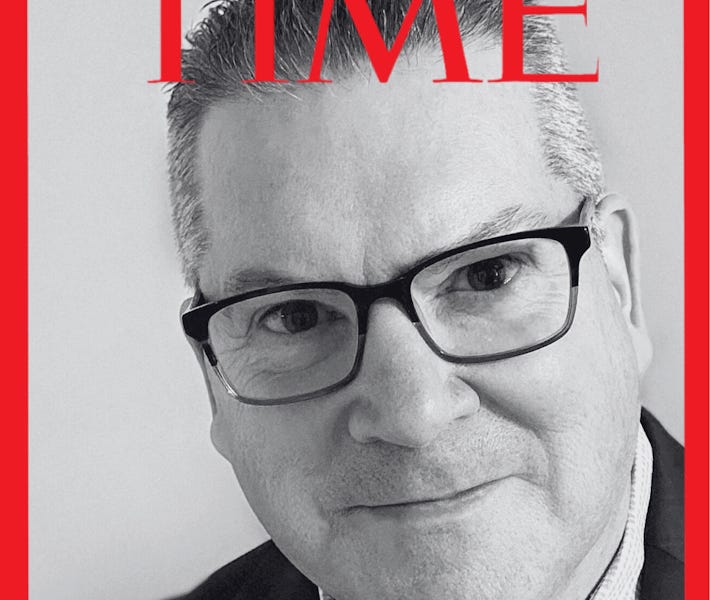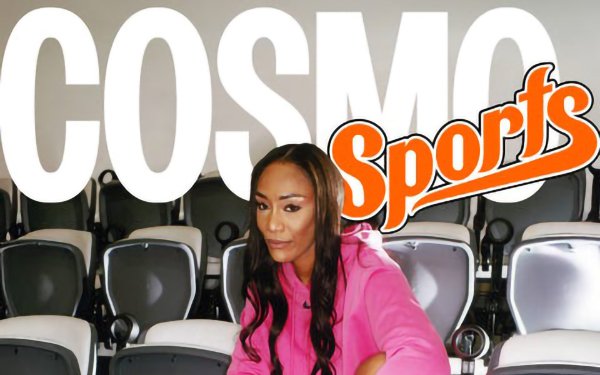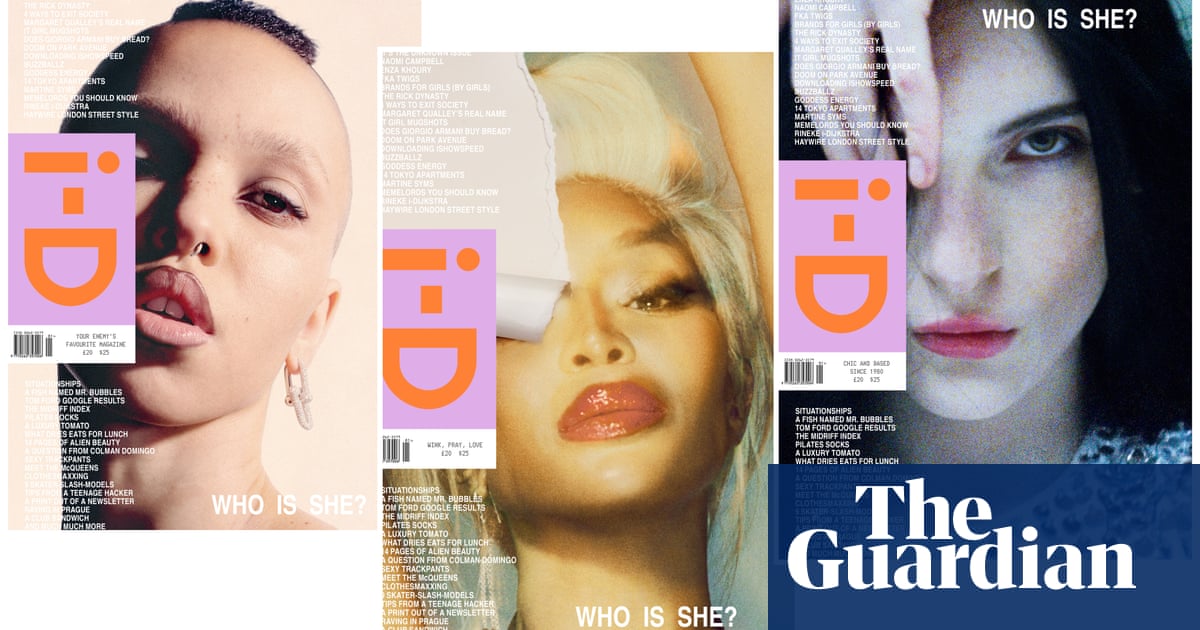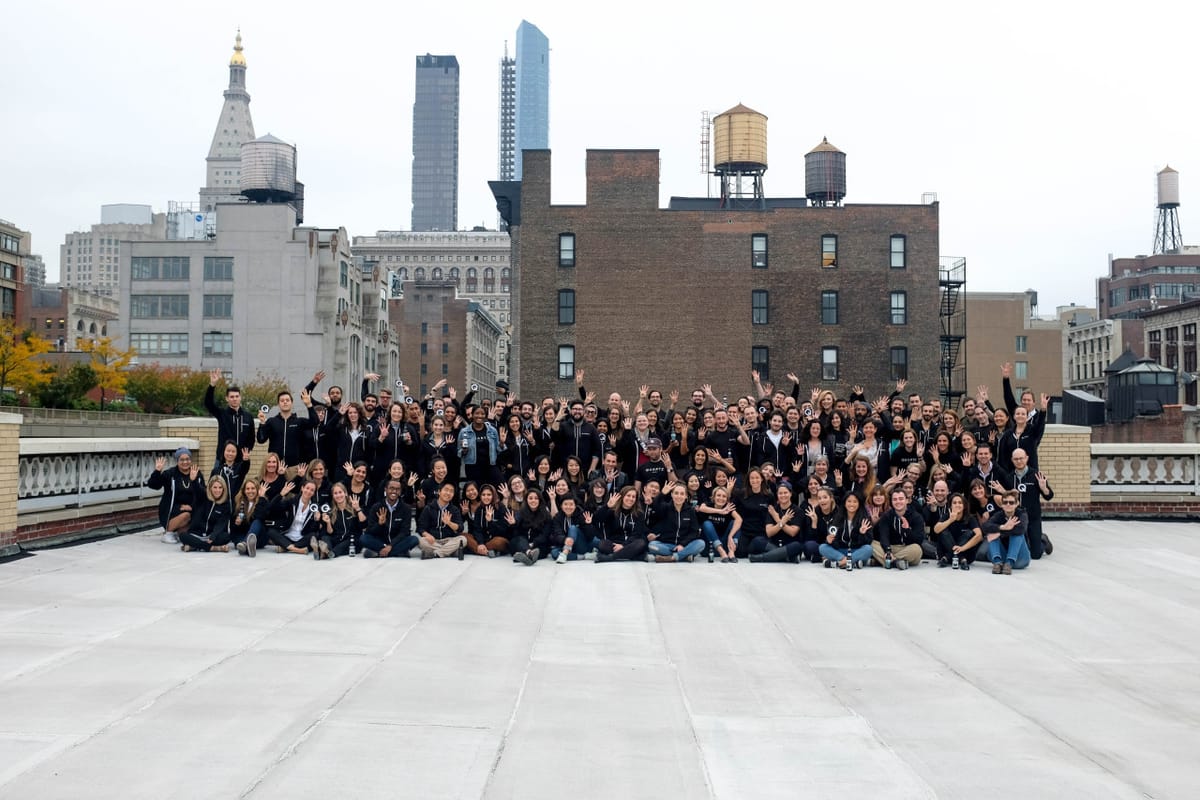- The Publisher Newsletter
- Posts
- How Bloomberg’s product portfolio is evolving with audience needs
How Bloomberg’s product portfolio is evolving with audience needs
In this second article from our interview with Bloomberg Media’s Global Head of Product, Marissa Zanetti-Crume, we look at three product developments that show how Bloomberg’s publishing portfolio is evolving in line with audience needs.
Welcome to The Publisher Newsletter, by Media Voices. The podcast is on a break for a few weeks now while we plan our next season, and focus on The Publisher Summits. Missed an episode? Catch up here or search ‘The Publisher Podcast’ on your podcast app of choice.
Don’t miss 2025’s Publisher Newsletter Summit on 10th June in London, featuring speakers from the FT, Mill Media, Hearst and more.
Topics include: turning newsletter readers into subscribers, launching paid newsletter series, life after pop-up newsletters, and how to effectively use the power of editorial personalities in a publisher newsletter.
Last month, we reported on how Bloomberg Media has focused on an audience-first publishing strategy since the end of 2022. In this second article from our interview with Bloomberg Media’s Global Head of Product, Marissa Zanetti-Crume, we look at three product developments that show how Bloomberg’s publishing portfolio is evolving in line with audience needs.
Speaking on The Publisher Podcast, Bloomberg’s Global Head of Product, Marissa Zanetti-Crume, told me about the news publisher’s audience-first North Star. “We’re always thinking about how we meet the users where they are,” she explained, outlining three recent developments in newsletters, print and audio.
Email newsletters provide the ideal opportunity to drive forward Bloomberg Media’s audience-first approach. In something of an understatement, Marissa describes the company’s 70-strong newsletter portfolio as ‘quite expansive’. She says it “speaks to ‘the reach and breadth’ of coverage the company’s newsrooms produce, but also to its strategy of listening to user needs.
The company ran research in 2023 and 2024 to understand what the audience was really looking for. “One of the things that kept coming up was the idea of context.” Marissa says she was surprised to hear that readers didn’t just want news; they wanted to understand why a story was important. “What a wonderful problem for us to be able to solve,” she says.
Newsletters featuring longer reads are seen to be delivering contextual value to subscribers. “They provide a moment where our audience is opening their inbox and they are taking the time to consume a longer, deeper read that is providing the story behind the story,” explains Marissa.
Adding newsletters wherever engagement is high is relatively easy when the publishing infrastructure is in place. However, growing fresh newsletter products can be a challenge. “They’re actually really hard to go on and sustain,” Marissa says.
Niche newsletter bundling
Perhaps with that in mind, one of the most recent newsletter innovations from the product team at Bloomberg Media has been the introduction of its Tech Newsletter Bundle that brings together five established technology-focused newsletters for £8.99 a month.
Marissa says the product team at Bloomberg Media is constantly evaluating its newsletter portfolio and that the Tech Newsletter bundle was inspired by a trio of business and audience insights.
“We have really incredible tech coverage and really great engagement with that content on our site and within our app,” explains Marissa. “We know we have this community of people who work in the tech and media industry who are looking for insight and want to connect the dots. The bundle was really inspired by those three data points.”
There’s a broader debate to be had over whether newsletter bundles are a way to deliver more for less to users who will never pay for a full annual subscription – £235 a year for Bloomberg – or a way to carve off content as a low-cost introduction to Bloomberg’s broader subscription.
With the Tech Newsletter bundle, Marissa says it’s early days but the users opting into the bundle are generally first-time subscribers. “That’s really encouraging as we think about niche audiences and broadening awareness of what Bloomberg covers.”
Audience-first formats
Beyond newsletters, Bloomberg has a huge range of customer touchpoints, from the recently redesigned bloomberg.com to Bloomberg Businessweek, relaunched as a print monthly in 2024.
To some, the print relaunch may seem at odds with a business innovating in digital, but Marissa says there are customers that want to read the magazine. For her, print is simply another format. “We talk about newsletters and we talk about audio and we still have a really strong audience coming to our website and our mobile app. Print is a part of that, print is a format that consumers still want and that’s important.”
Circling back to the audience’s need for context, Marissa says Bloomberg’s audience really engages with the longer reads in Businessweek. “There are moments where they want to get caught up quickly and there are other moments where they want to lean back and go deep on a particular story; Businessweek is a place where we really successfully do that.”
That doesn’t mean Businessweek stops when the presses stop: it’s a podcast, a video channel, and live events. At the time of the magazine’s relaunch, editor Brad Stone told Nieman Lab that Businessweek was actually a daily product: “We’re a daily newsletter. We publish stories every single day across all Bloomberg digital properties. We aim for three long-form stories a week. And the print magazine, now monthly, is kind of the crystallization of our identity.”
From a product development standpoint, Marissa’s mission is to extend the brand’s reach online. “We’re really excited about the content that we see in Businessweek and we’re thinking again about all those touch points. Yes, print, but also… how do we promote Businessweek content on our site and our app?”
Audio innovation
If print and newsletter development can be seen as a process of evolution, Bloomberg’s approach to audio could be considered to be more experimental.
Bloomberg Live Q&A is a new audio format that gives audiences the opportunity to listen into conversations with Bloomberg journalists, and subscribers the chance to ask questions. “We want to build that direct relationship between the customer and Bloomberg. We’re really thinking about how we use different formats, different mediums, different platforms to build that connection and community with our readers.”
Launched in November [2024] Bloomberg and available through bloomberg.com over 50 live Q&As have been held on the platform.
The initiative is an example of Bloomberg’s focus on bringing subscribers closer to Bloomberg’s journalists around the globe. Live Q&As have been held, primarily, in response to breaking news. “These tools have allowed us to tell the news and respond to the news in a way that I think is meeting our consumers where they are,” explains Marissa.
Marissa says her team is already thinking about how to evolve the Live Q&A platform, “What’s the next iteration? How do we continue to grow it?” She could say the same for any of the formats she and the product team work with at Bloomberg, across audio, print, newsletters and beyond.
“It’s really thinking about creating those moments where we engage with our customer… What’s the opportunity? How do we show up in the morning with a newsletter to help you get started in the day, as news is breaking, as markets are moving. How are we giving you the most up-to-date news? It’s really, again, about opportunities for building that connection and that community, building that relationship.”
More good reads from the week:
Did you enjoy these stories? Chances are you’ll find our Publisher Summits - focused on apps, newsletters, print and podcasts - useful too. Early Bird ends this Friday 11th April.












